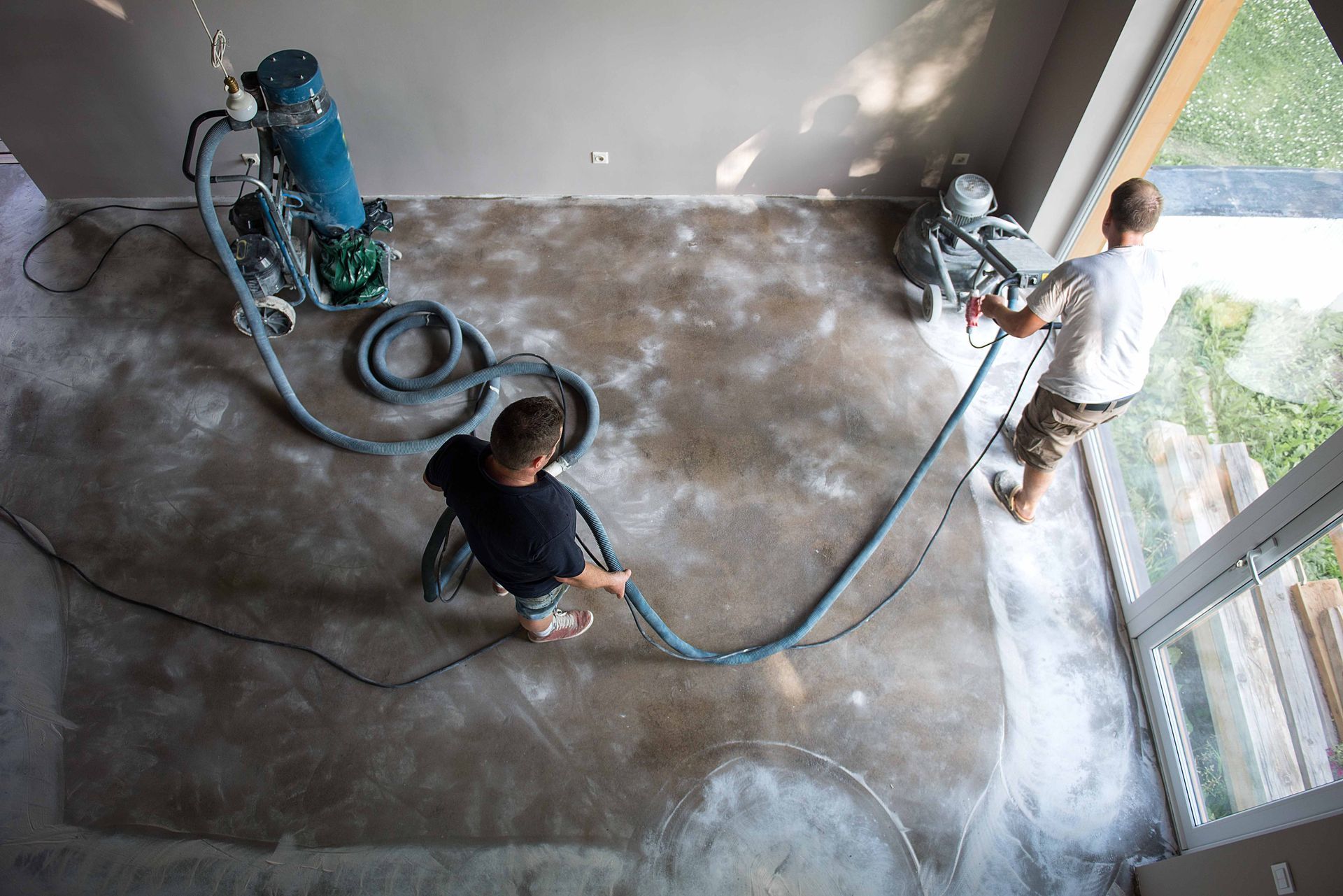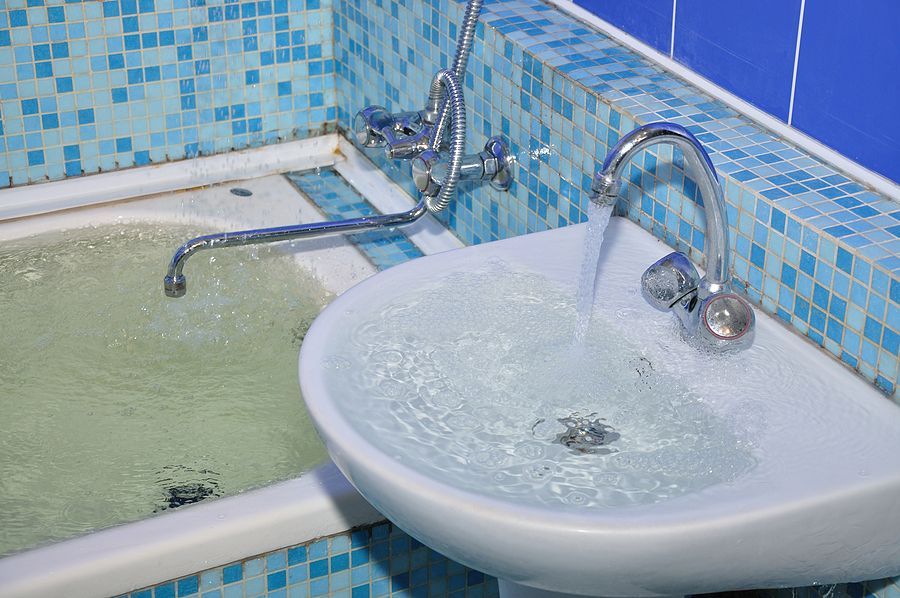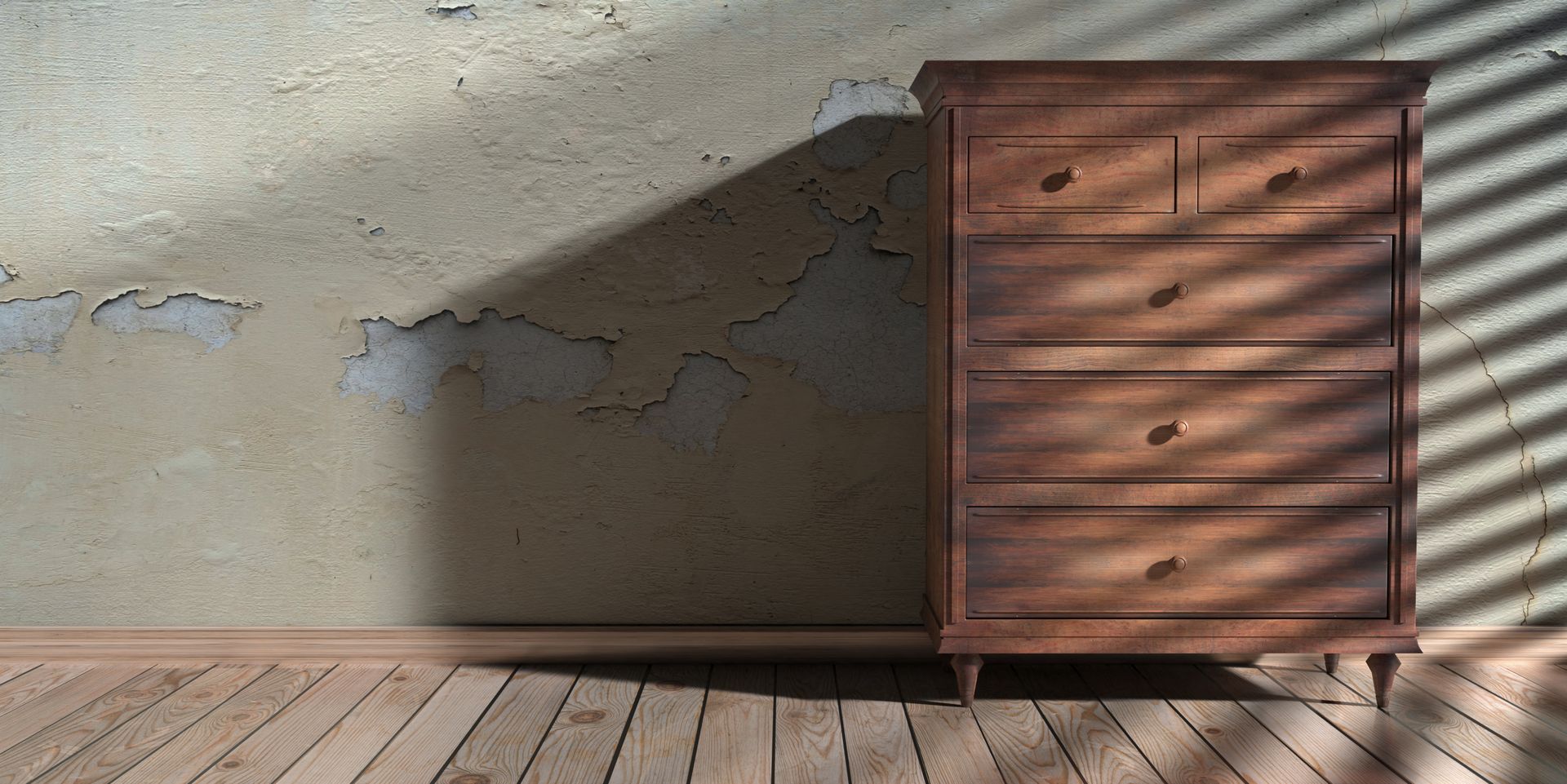How to Deal with Water Damage in Your Home
Once it’s happened – What can you do?
Hard day at the office, kids picked up from school, headed home to start preparing dinner, and half the ceiling’s come down with water damage? Nightmare scenarios like this in your home can be overwhelming, but swift action can limit the harm and restore your space. Whether it’s a burst pipe or a flooded basement, here’s how to tackle water damage effectively.
First, prioritize safety. If water is near electrical outlets or appliances, turn off the power at the breaker to avoid shocks. Try to find some protective gear like gloves and boots to wear, as floodwater may contain contaminants. If the water source is a leak, shut off the main water supply to stop the flow. That’s where memorizing where that stop-cock was comes in handy.
Next, remove standing water as quickly as possible. Use a wet/dry vacuum or pump for larger volumes, and mop up smaller areas. Move furniture, rugs, and valuables to a dry location to prevent further damage. If items are soaked, place them on plastic sheets to avoid staining floors. Initially those used shopping bags you’ve stuffed in the airing cabinet will do.
Drying the affected area is critical to prevent mould, which can start growing within 24-48 hours. Open windows and doors for ventilation, and use fans and dehumidifiers to circulate air. For carpets, lift them to dry underneath, and consider professional cleaning if they’re heavily saturated. Remove wet drywall or insulation, as these materials will inevitably harbour moisture and mould.
After these first-aid steps it’s very important to document the damage for insurance purposes. Take photos and videos of affected areas and items, and keep receipts for any repairs or rentals, like dehumidifiers. Contact your insurance provider promptly to file a claim. Be aware that coverage varies—sudden incidents like burst pipes are often covered, but gradual leaks or floods may not be.
For minor damage, DIY efforts may suffice, but extensive water intrusion calls for professionals. Water damage restoration experts have specialized tools, like moisture meters and industrial dryers, to ensure thorough drying. They can also assess for hidden damage, such as weakened structures or mould behind walls.
Once the area is dry, clean and disinfect surfaces to remove bacteria or mould spores. Replace damaged materials, like drywall or flooring, to restore your home’s condition.
Acting quickly and methodically can make all the difference. By addressing water damage promptly, you’ll protect your home and health while minimizing repair costs.


